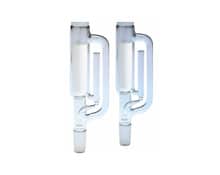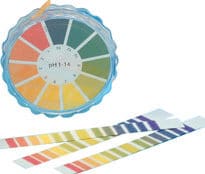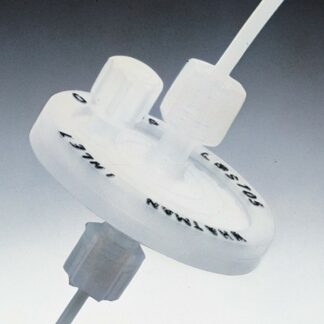Description
Soil texture affects how well land drains, how effectively the soil holds nutrients and minerals, and how readily the soil can be cultivated. Soil monitoring is used to facilitate the selection of fertilizer composition and dosage for land employed in agricultural as well as horticultural industries.
In agriculture, soil analysis of nutrient and contaminant content is important. Soils under intensive cultivation may have abnormal levels of some nutrients due to previous management practices and fertilizer programs.
In general, soil is analyzed for its pH and for its content of available nitrogen (N), phosphorus (P), potassium (K), magnesium (Mg), and trace elements. Sometimes, soil toxicity has to be assessed as contamination may have occurred from disposal of waste materials and/or pesticide use. Common soil mineral contaminants include arsenic, barium, cadmium, copper, mercury, lead, and zinc. Lead is a particularly dangerous soil component.




